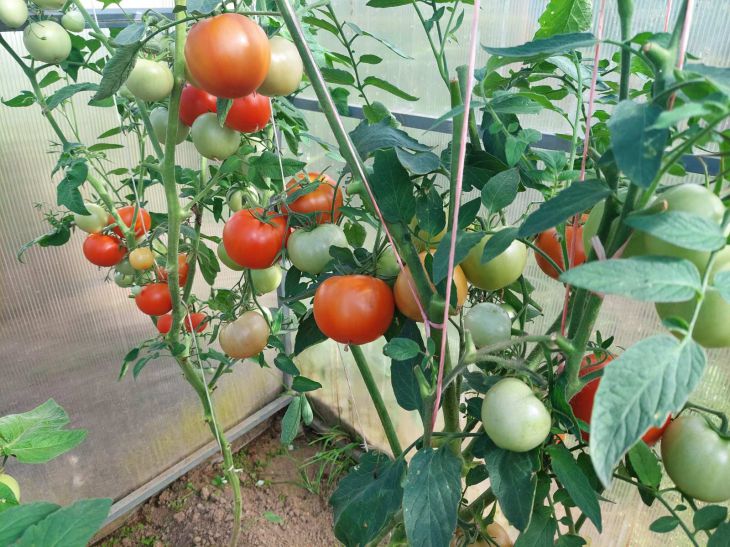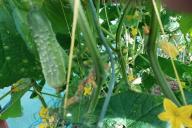Are you spending money on expensive stimulants and pollination brushes, but your tomatoes still produce empty flowers or crooked fruits?
Stop throwing away old toothbrushes!
This forgotten item in a drawer will become your main ally in the fight for the harvest. And it's not just about pollination. While your neighbors envy your beds, you'll laugh, remembering how easy it is to fool nature with a 50-ruble brush.

Tomatoes, especially in greenhouses, often suffer from poor pollination. Their flowers are perfect - with stamens and pistil in one bud, but without wind or vibration, pollen does not get to the right place. As a result, the ovaries fall off, and the fruits are formed ugly. The solution is so simple that it is hard to believe: take a toothbrush with soft bristles and gently run it over the flower brushes. The vibration created by the bristles imitates the buzzing of bees. Pollen falls on the pistil, and the ovary is guaranteed. Do this in the morning, when the pollen is dry, and repeat every 3 days. In just a week, you will see how the fruits are filling out in place of the flowers.
But this is just the beginning. A toothbrush is a universal tool for tomatoes. For example, it saves from aphids. Wet the bristles in a soap solution (100 g of tar soap per 1 liter of water) and walk along the stems. The bristles will clean the pests from the leaf axils, where the sprayer cannot reach. This is safer than chemicals: poisons often burn delicate flowers, and the brush works pointwise. After the procedure, rinse the plant with water to wash off the soap.
The third secret is cleaning the leaves. Dust and dirt on them block photosynthesis, which means the fruits do not receive enough nutrition. Once every 2 weeks, carefully wipe the leaves with a damp toothbrush. Move from the stem to the tip so as not to tear the plates. Add 3 drops of ammonia per 1 liter of water - this will scare away whiteflies and give the leaves a portion of nitrogen.
But there are nuances. Do not use brushes with hard bristles - they will damage flowers and leaves. Before use, boil the tool for 5 minutes to kill bacteria. If you are processing several varieties, wash the brush after each to avoid cross-pollination.
What to do if tomatoes are already sick? For example, at the first signs of late blight (brown spots on leaves), mix 1 tablet of metronidazole with 1 liter of water, wet the brush and treat the affected areas. The drug will not burn the foliage, like copper sulfate, but will stop the spread of the fungus.
A toothbrush can also be useful for removing side shoots. When you need to remove small shoots, pick them up with the bristles and carefully pull them out. This is less traumatic than working with scissors and reduces the risk of infection.
It also saves seedlings. If the sprouts have stretched out and become fragile, brush the stems 2-3 times a day. Light mechanical action strengthens the tissues - the plants will stop "torturing" themselves and will start to grow roots.
Combine all the life hacks, and your tomatoes will bear fruit so abundantly that the branches will break under the weight of the fruit. And when your neighbors ask what the secret is, show them an old brush and say: "This is my agrotechnical genius."
P.S. Try the method on 2-3 bushes. In a month, you will be surprised how many problems one “unnecessary” object solves!








